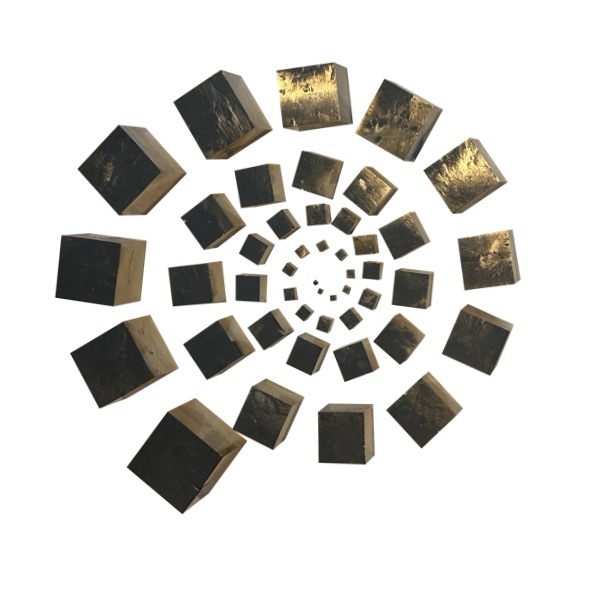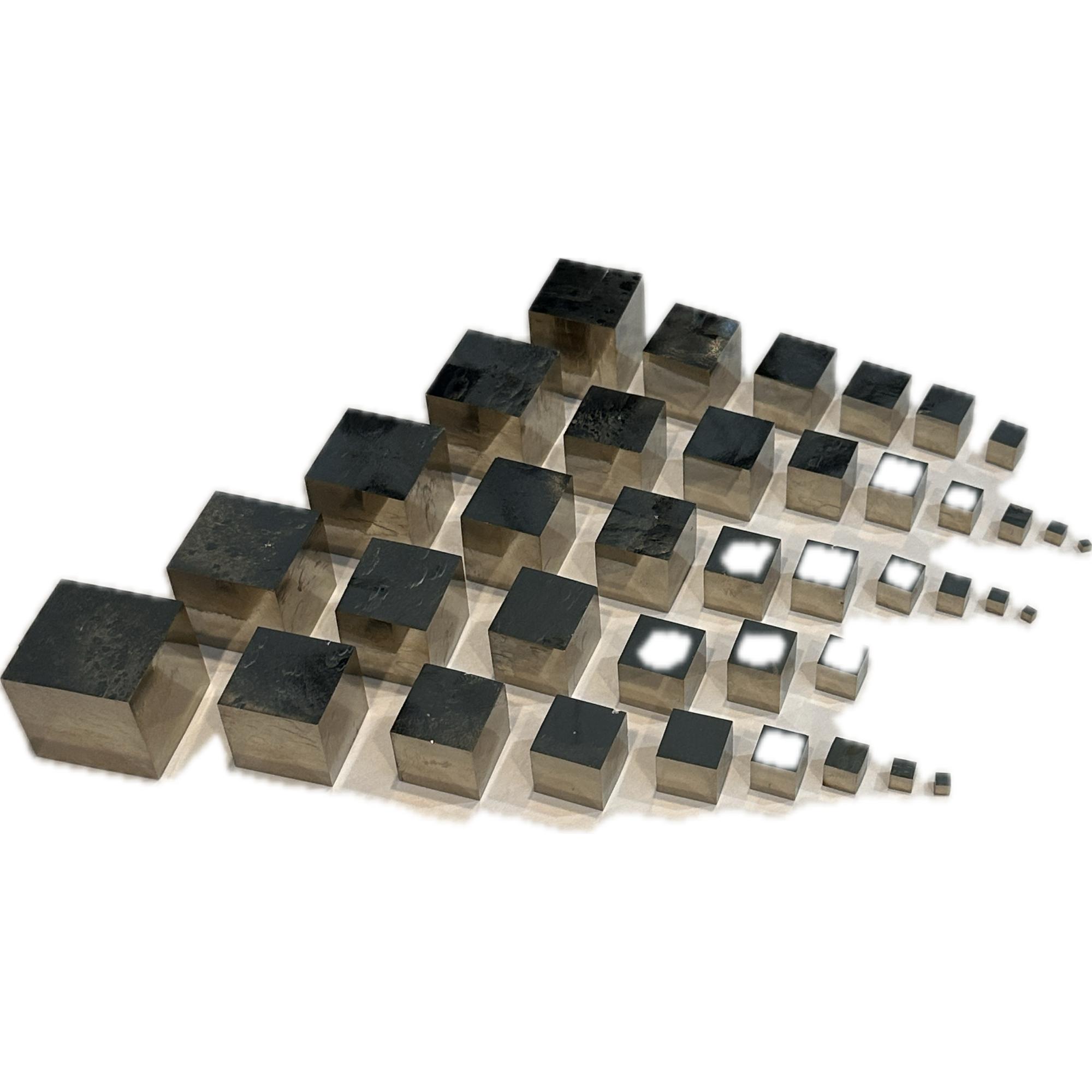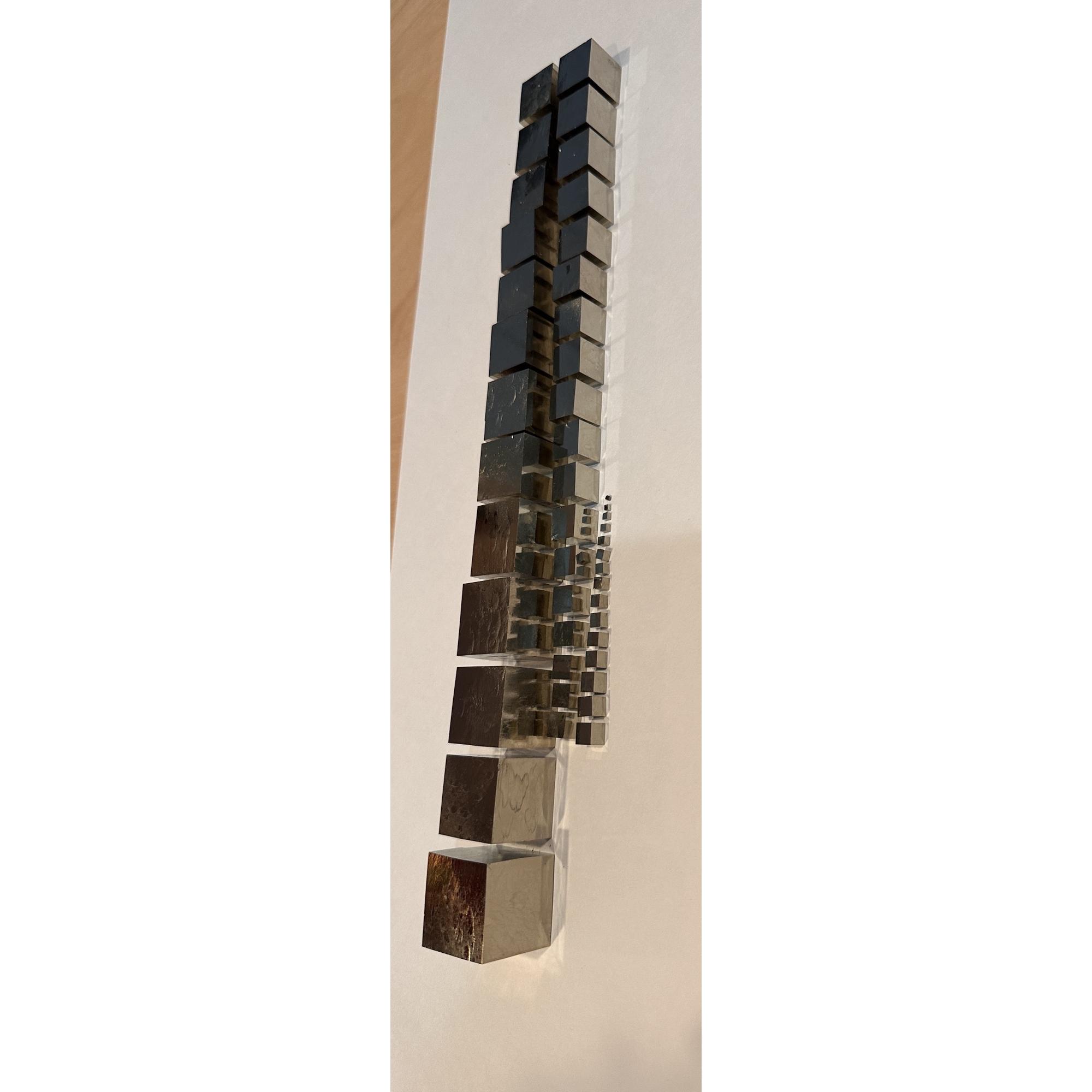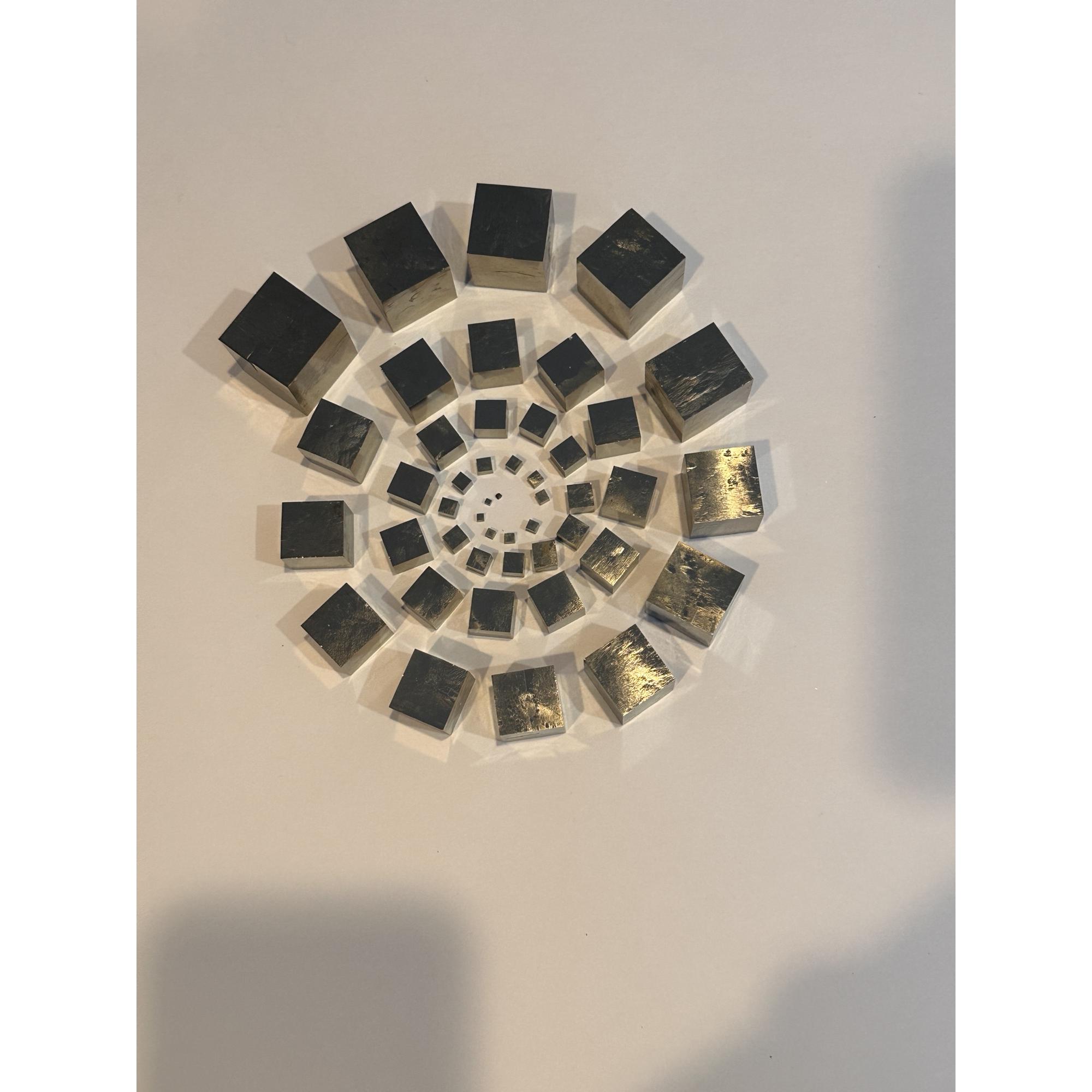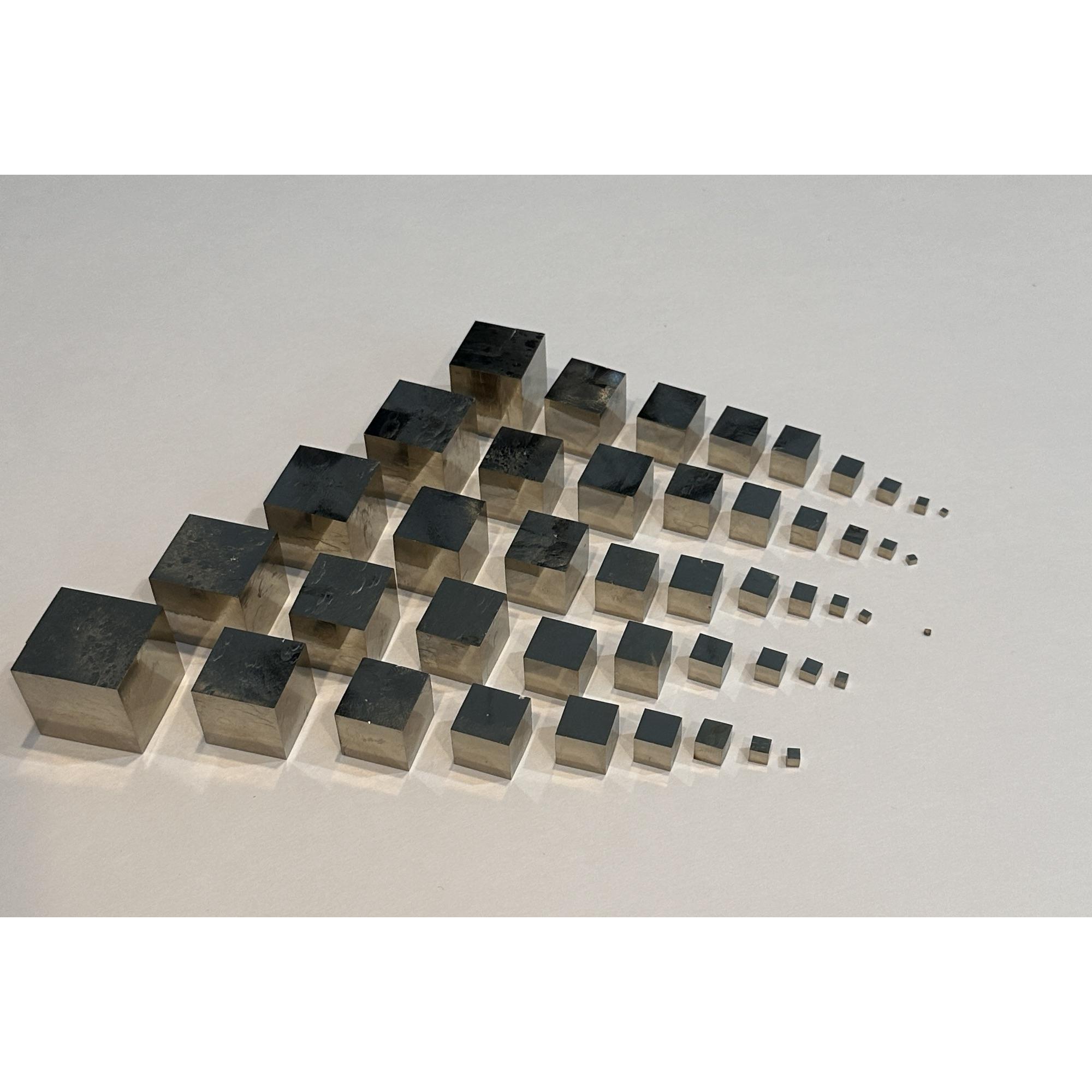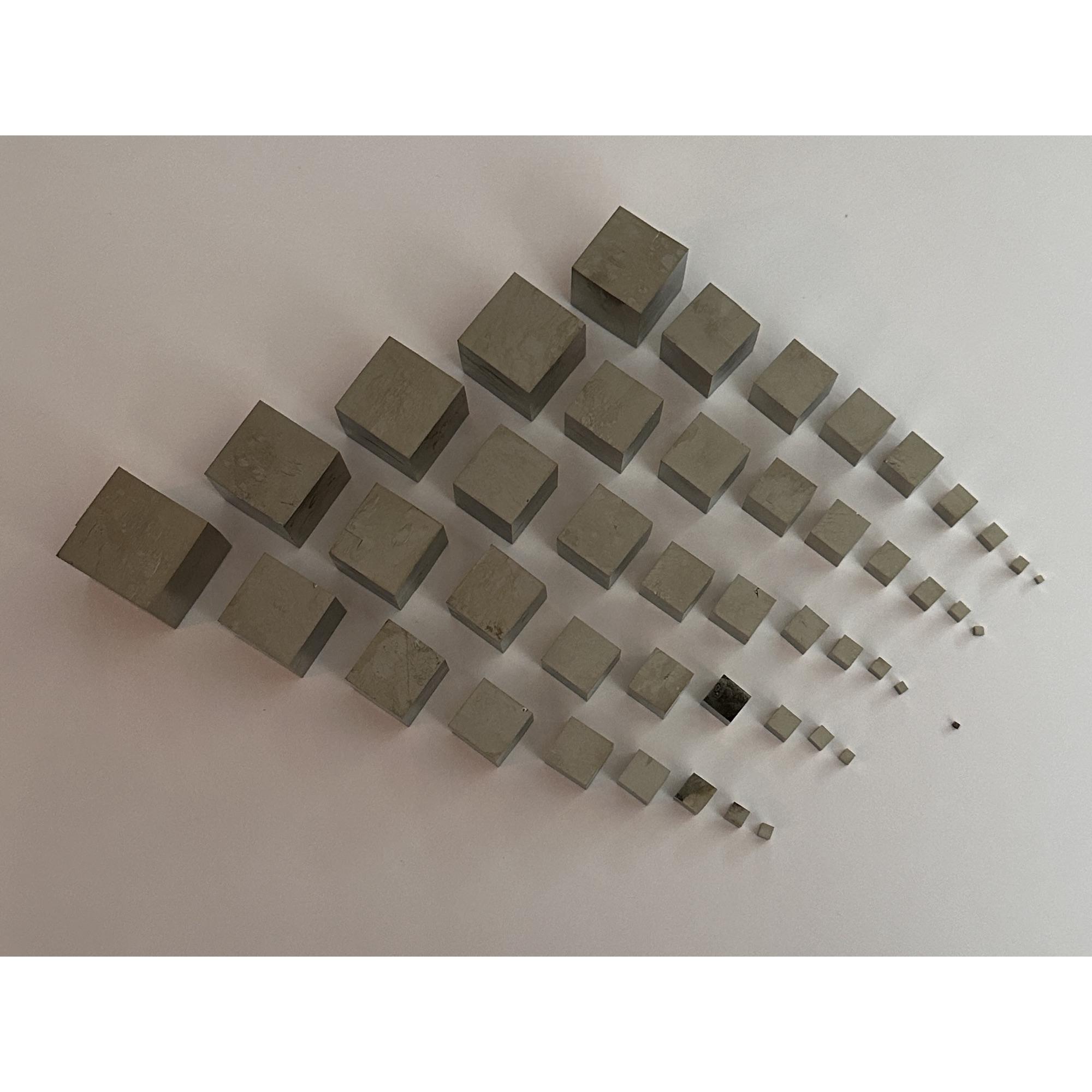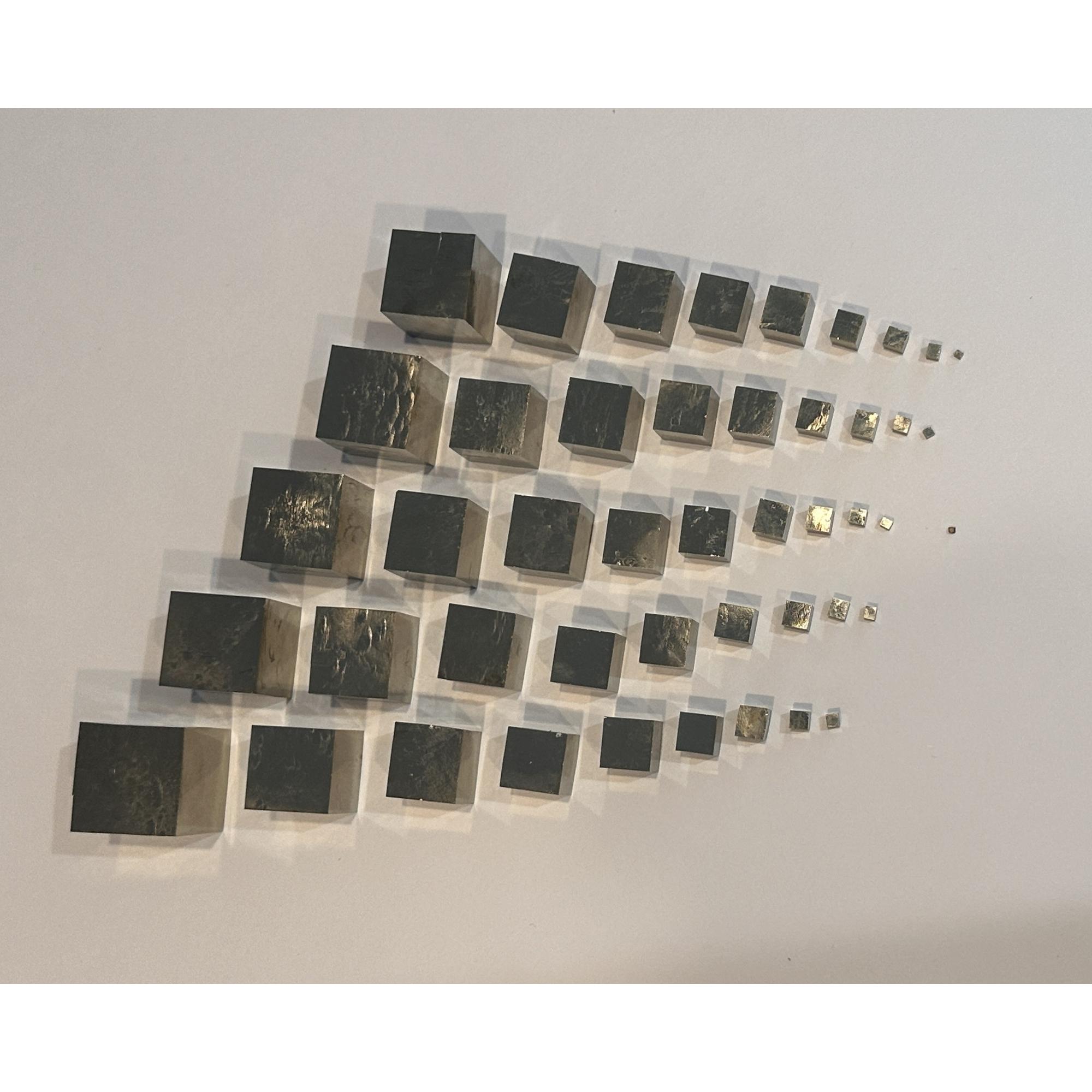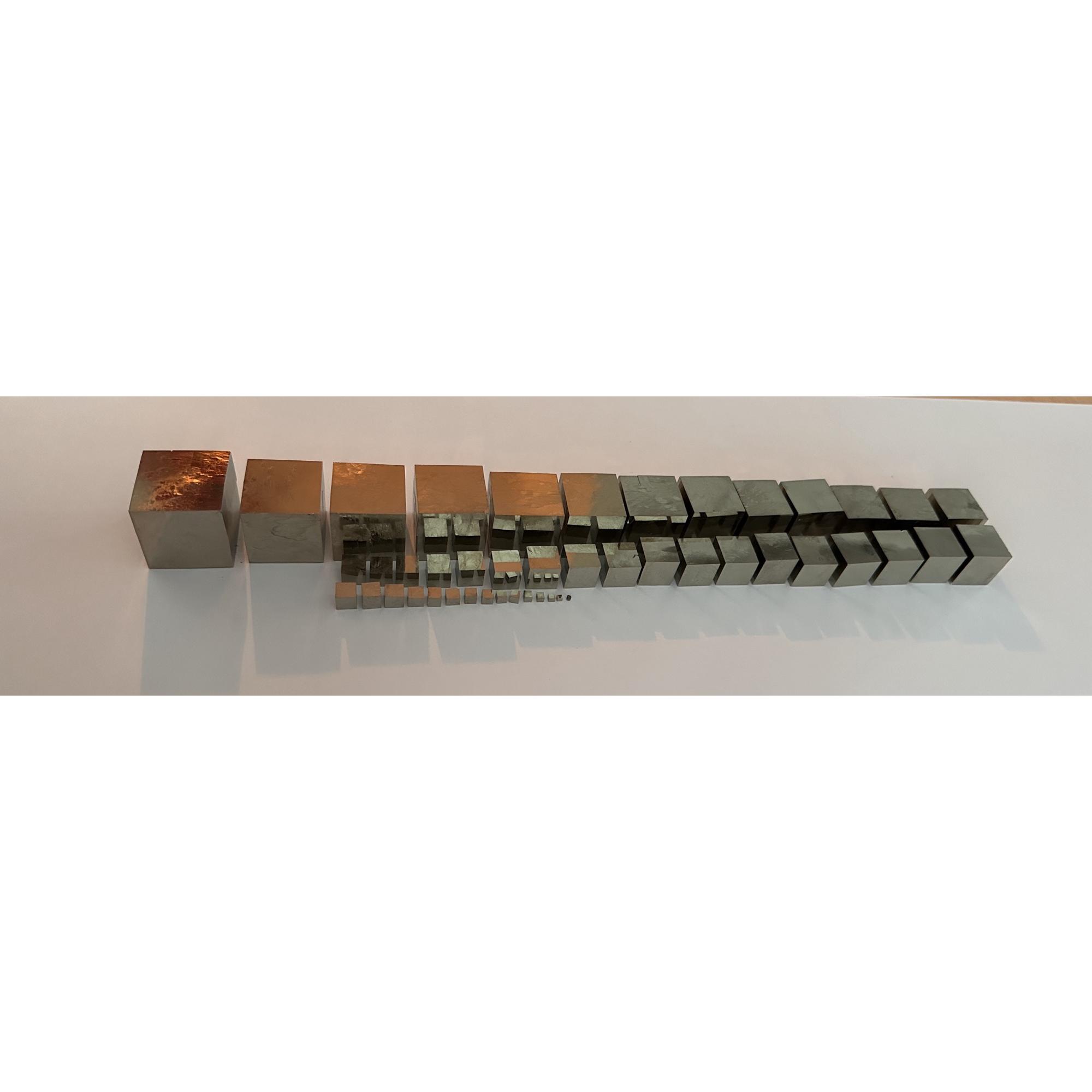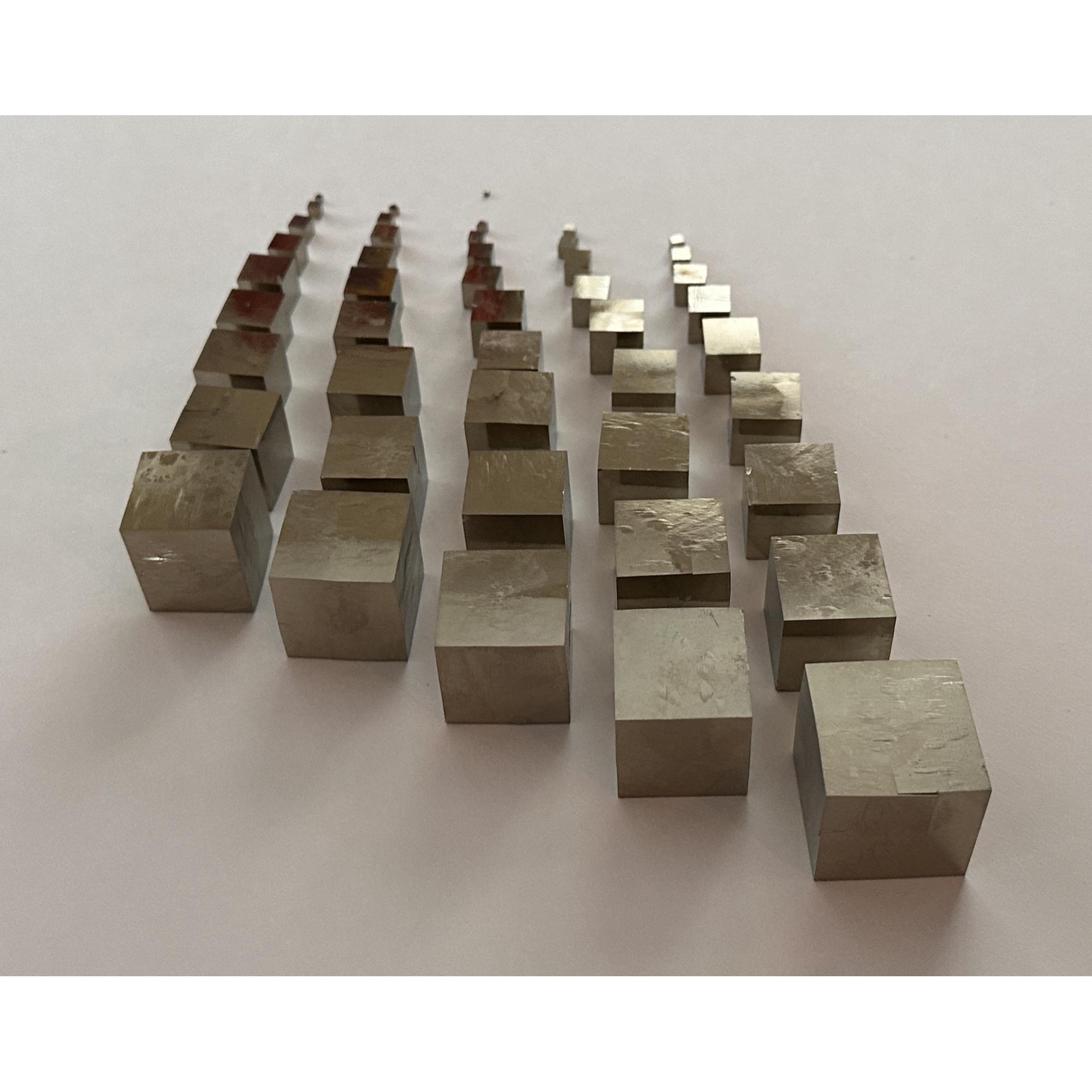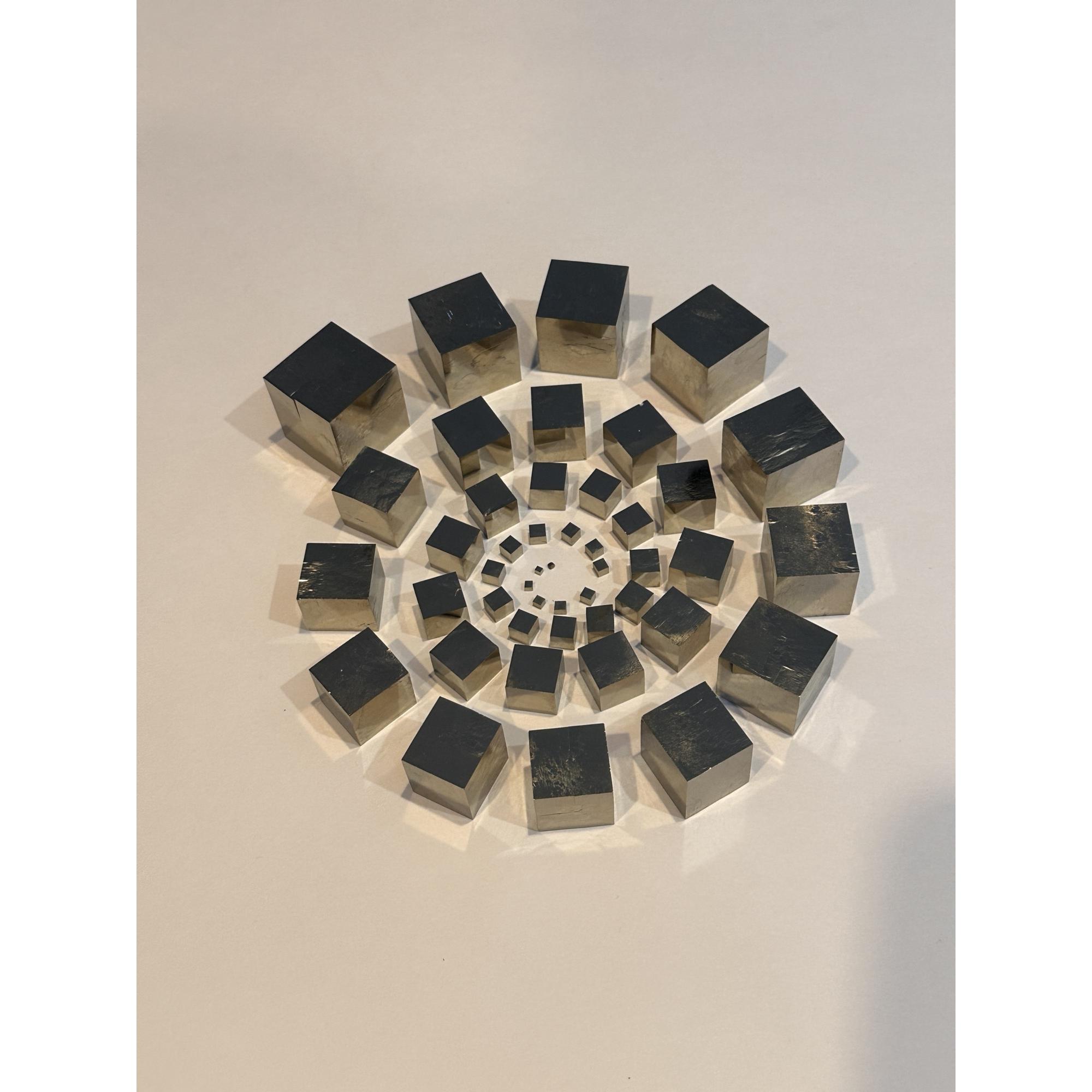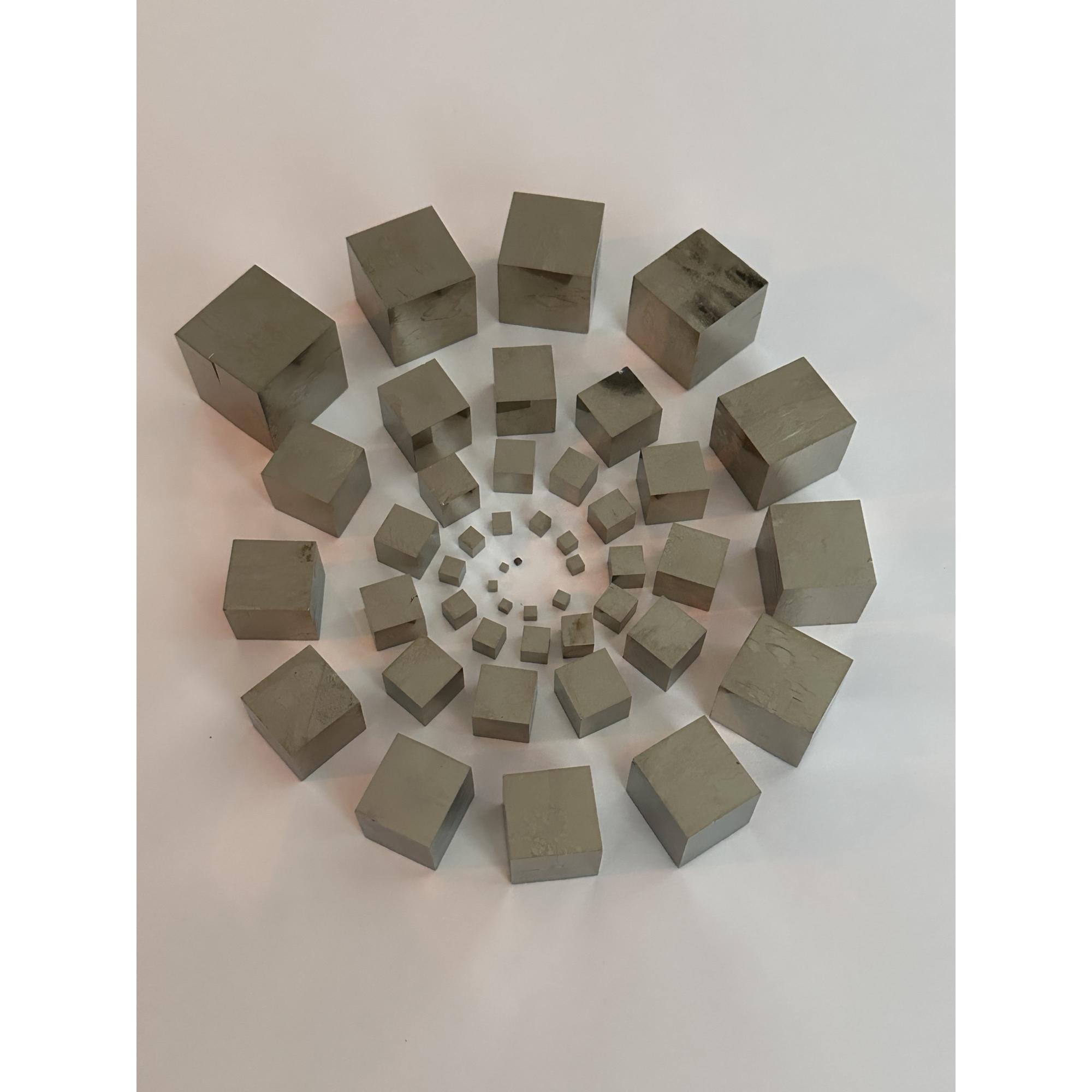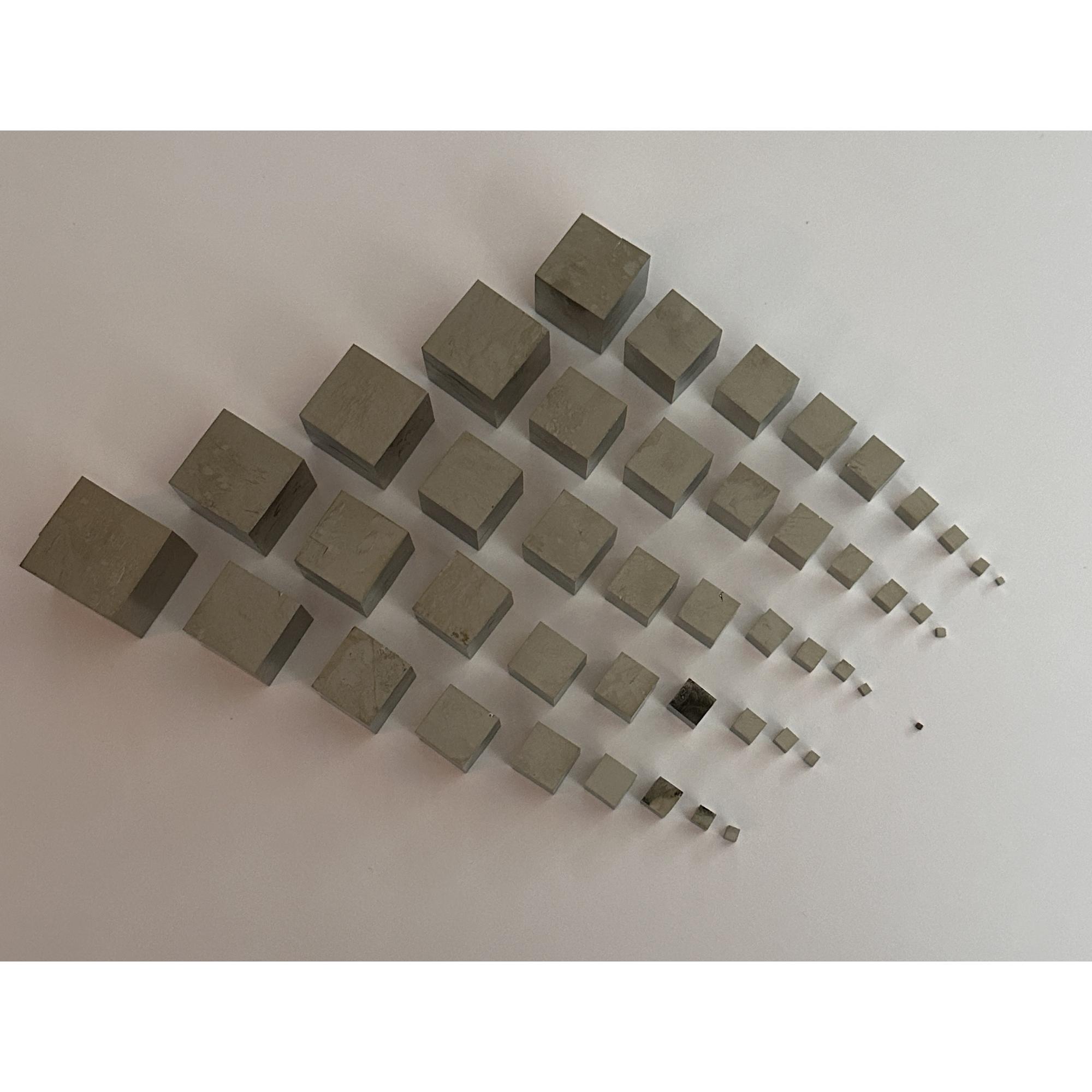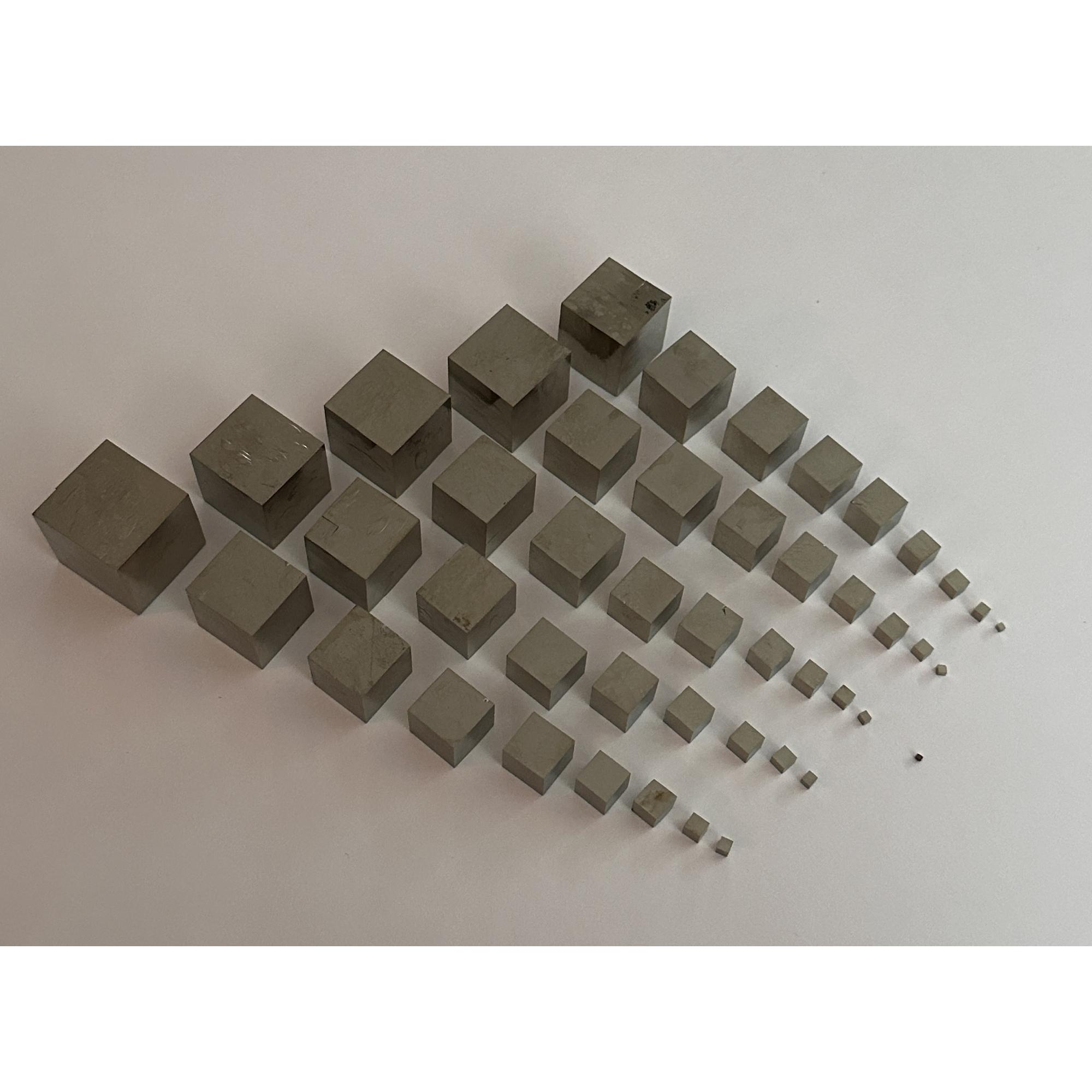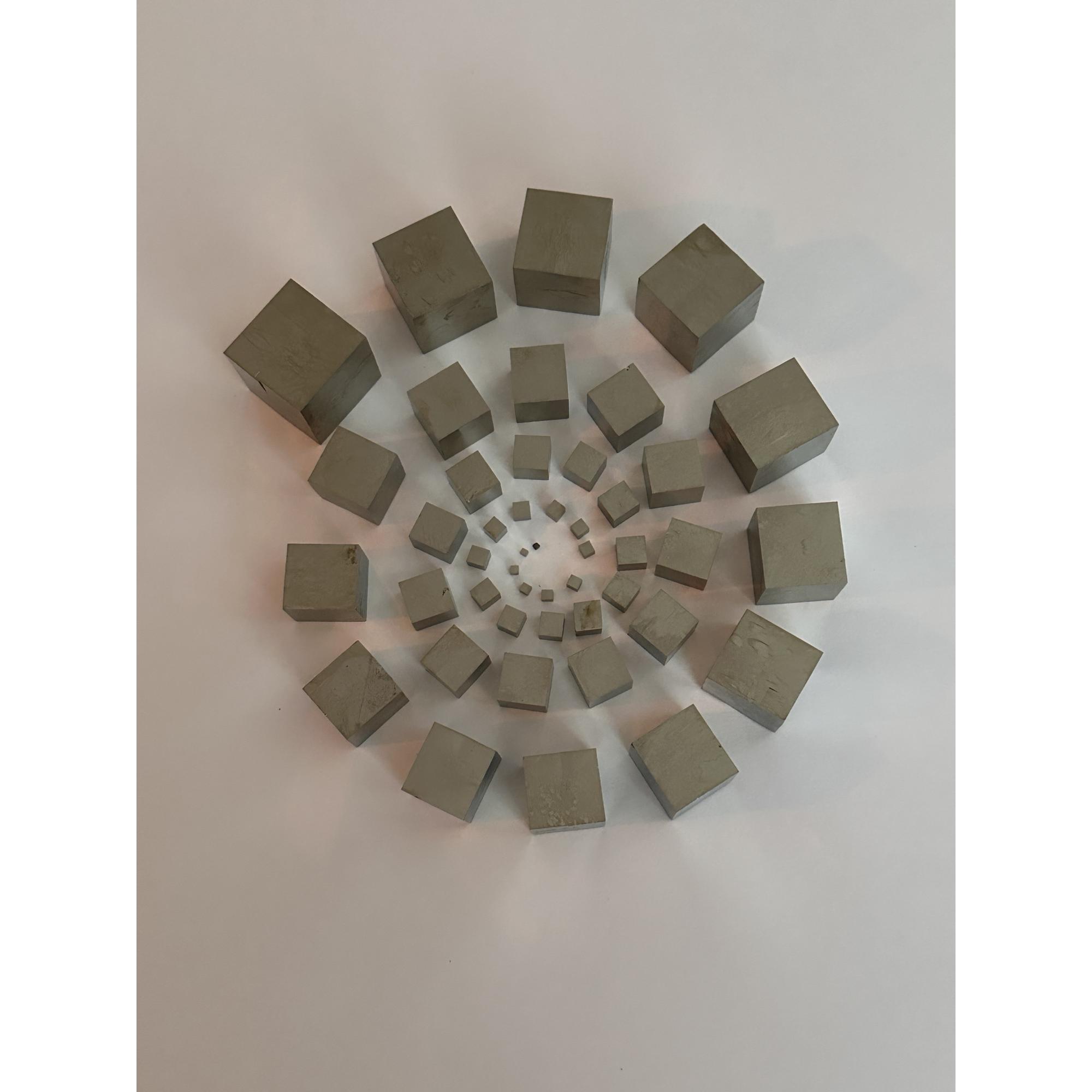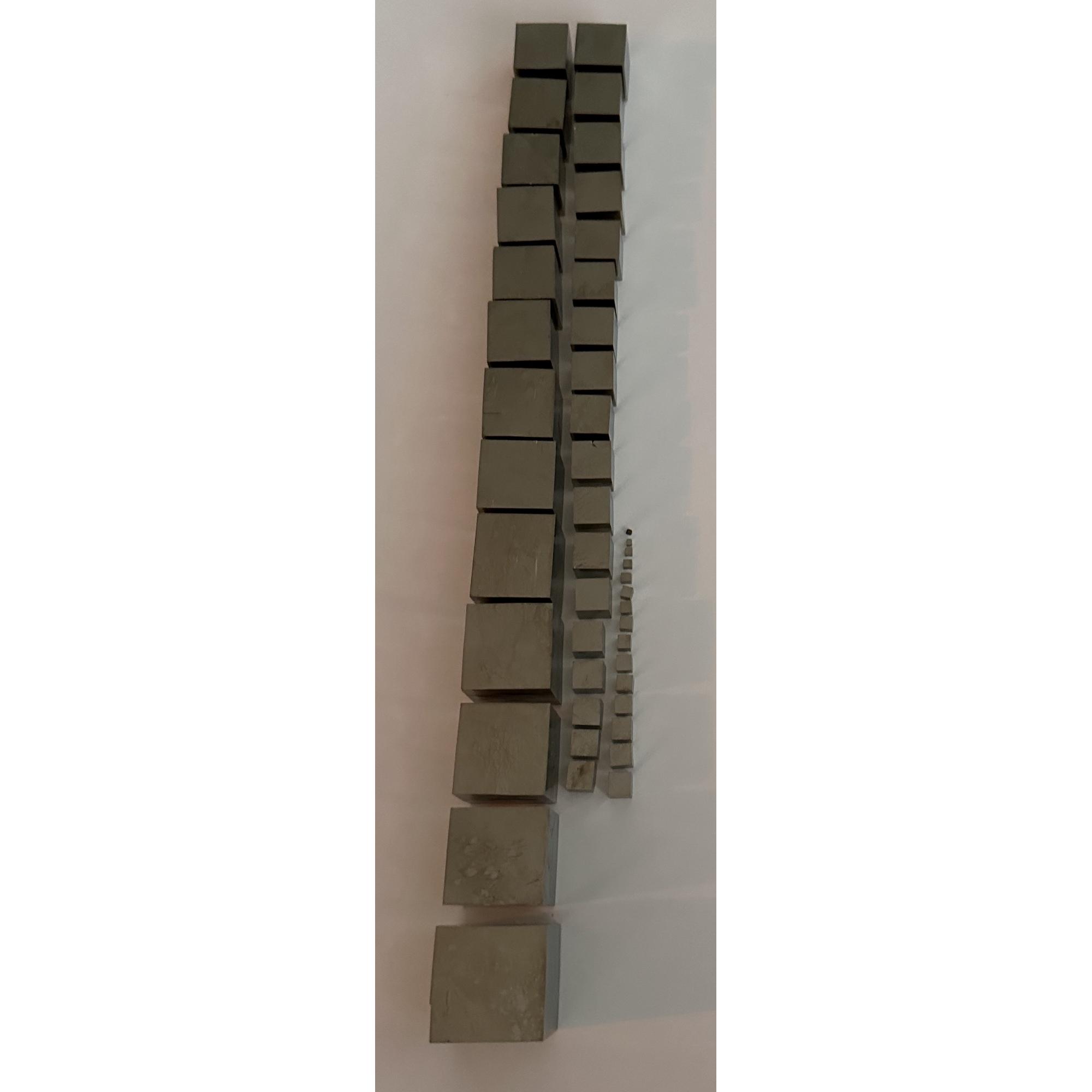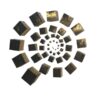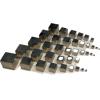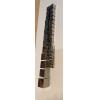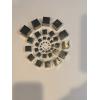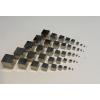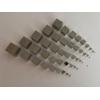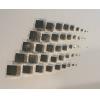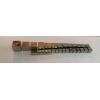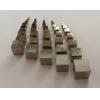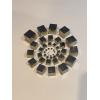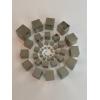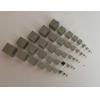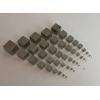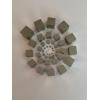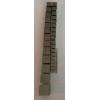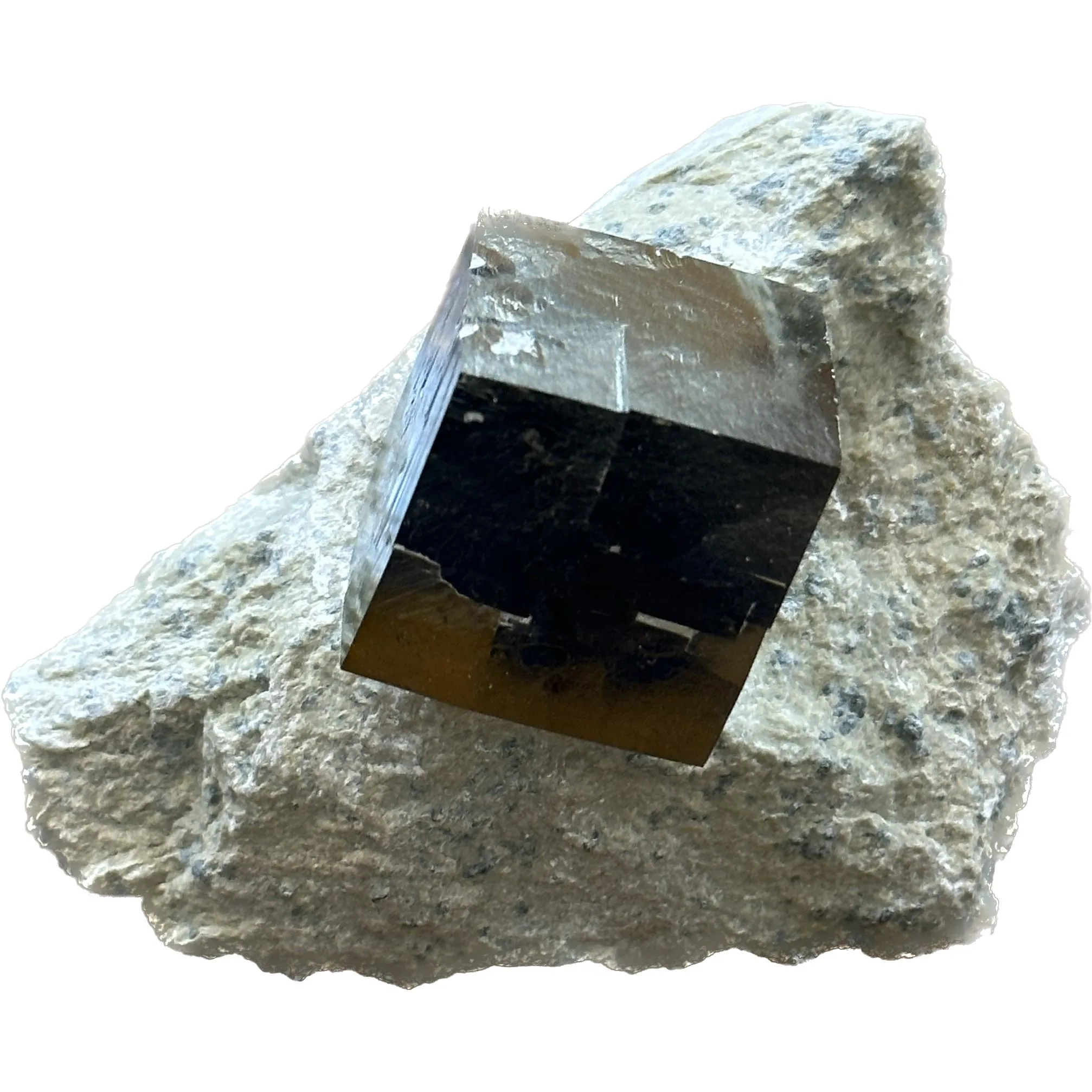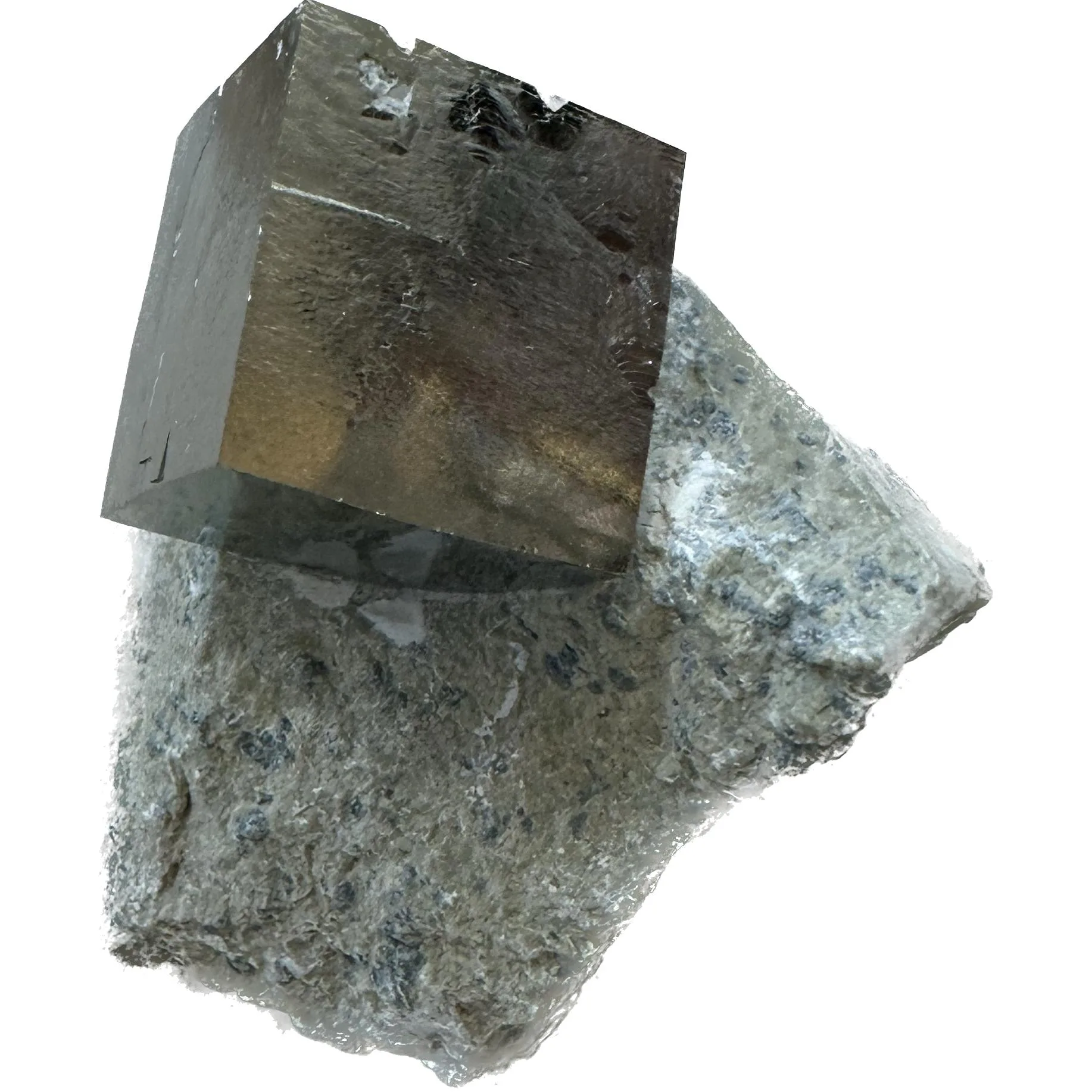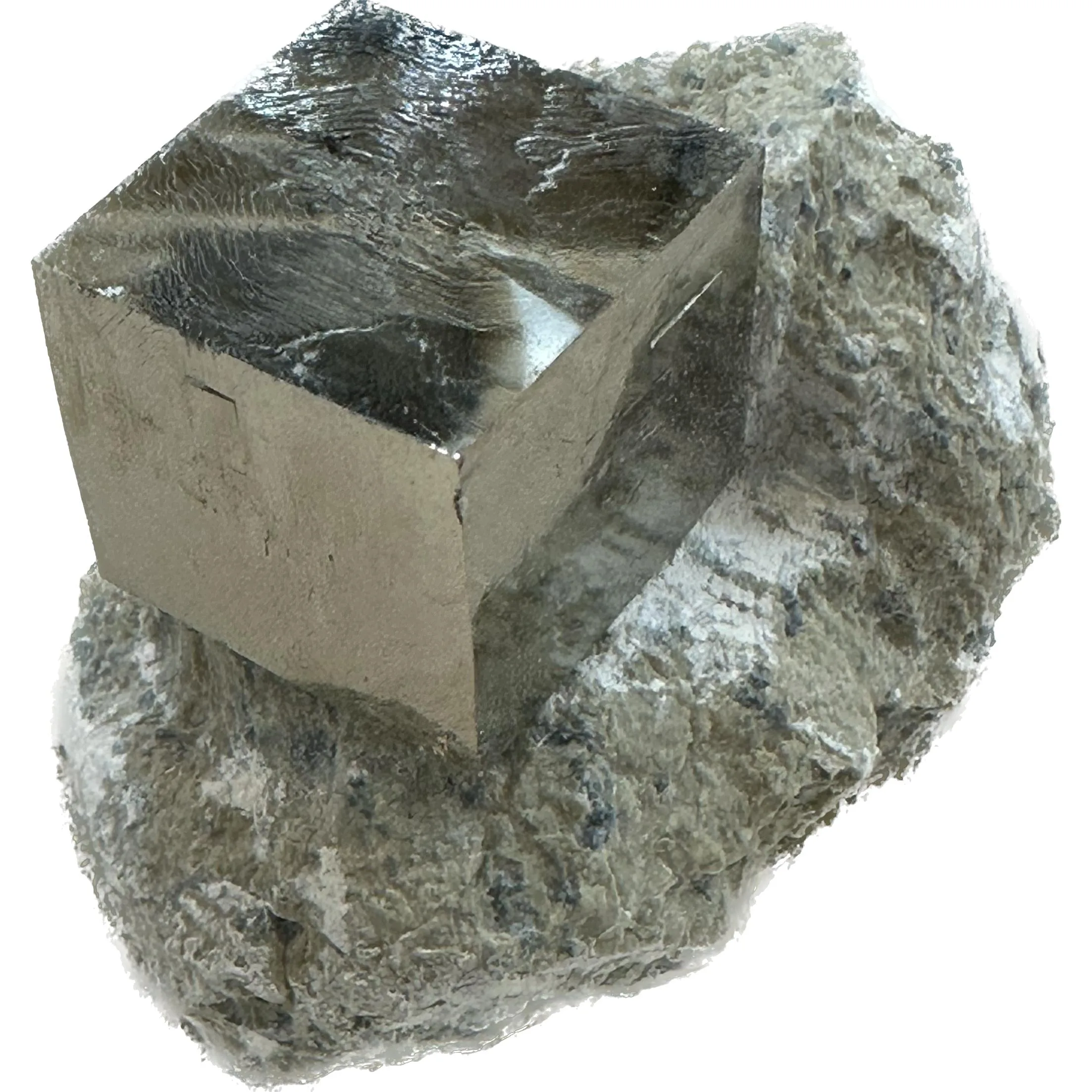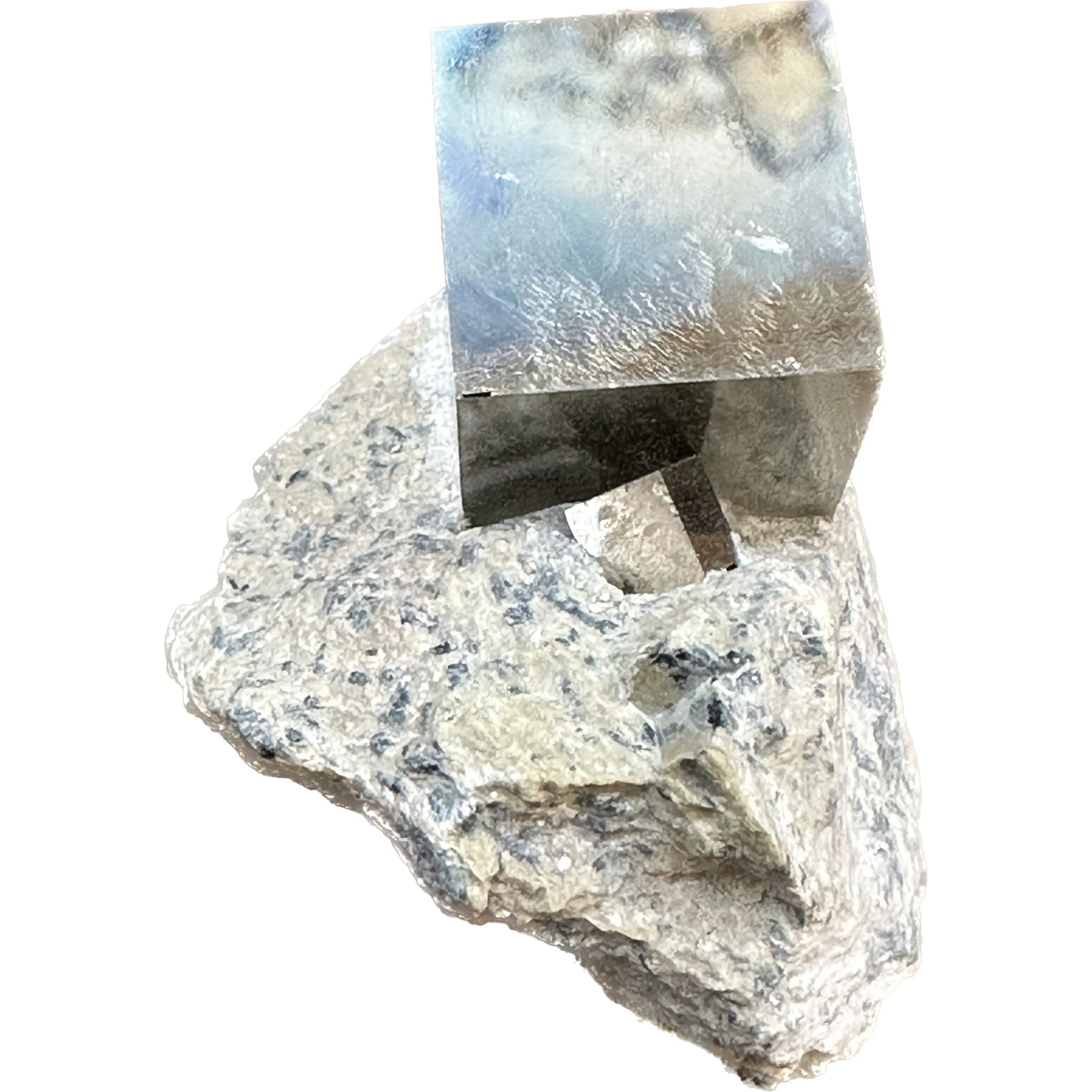Pyrite,Spanish Cube graduating set of 46 cubes. This incredible set contains very square pyrite cubes from Spain alternating from just 2mm all the way up to 38mm. Not many of these sets are ever available. Very rare and highly collectible.
Spanish Pyrite
Pyrite, commonly known as fool’s gold, is a mineral composed of iron sulfide (FeS₂). It is renowned for its metallic luster and pale brass-yellow hue, which has historically led to its mistaken identity as gold. Pyrite occurs in a variety of geological formations, ranging from sedimentary deposits to hydrothermal veins. One of its most remarkable forms, however, is found in the shape of nearly perfect cubes. Among these, the Spanish pyrite cubes from the mines of Navajún are particularly celebrated for their size, perfection, and aesthetic appeal.

Geological Context of Navajún
The Navajún mines are situated in the La Rioja region of Spain, an area known for its rich mineral diversity. The formation of these remarkable pyrite cubes is linked to the unique geological history of the region. The cubes are embedded in marlstone, a calcium carbonate-rich sedimentary rock. The geological processes that led to their formation date back to the Cretaceous period, approximately 120 million years ago, when the region was covered by a shallow sea. The slow precipitation of iron and sulfur from hydrothermal fluids into the sedimentary matrix allowed for the growth of these exceptional pyrite crystals.
Characteristics of the Pyrite Cubes
The Spanish pyrite cubes from Navajún are characterized by their almost perfect cubic shape, a manifestation of pyrite’s isometric crystal system. The cubes can range in size from a few millimeters to several centimeters, with some reaching up to 20 centimeters in edge length. The surfaces of the cubes are typically smooth and exhibit a bright, metallic luster, though some specimens may show striations or slight imperfections due to natural growth processes.
Formation Mechanism
The formation of these cubic crystals involves several steps. The initial phase is nucleation, where small clusters of iron and sulfur atoms come together to form a stable nucleus within the sediment. As hydrothermal fluids continue to permeate the sediment, iron and sulfur atoms are deposited onto the nucleus in a highly ordered fashion. The cubic shape is a result of pyrite’s crystallographic structure, where iron atoms are coordinated with sulfur atoms in a regular, repeating pattern. The surrounding marlstone helps protect the growing crystals from external disturbances, allowing them to develop into large, well-formed cubes.
Scientific and Aesthetic Value
The Spanish pyrite cubes hold significant value both scientifically and aesthetically. From a scientific perspective, these cubes provide insights into the geological processes that govern mineral formation and the conditions present in the Earth’s crust millions of years ago. Studying these crystals can reveal information about the temperature, pressure, and chemical environment of the time.
Aesthetically, the pyrite cubes are highly sought after by collectors and enthusiasts. Their geometric perfection and brilliant luster make them stand out among mineral specimens. Museums and private collections around the world showcase these cubes as prime examples of natural mineralogical beauty.
Extraction and Preservation
Mining for pyrite in Navajún is conducted with great care to preserve the integrity of the crystals. Unlike other minerals, pyrite requires meticulous extraction techniques to avoid damaging the cubes. Miners use hand tools to carefully remove the surrounding marlstone, gradually exposing the pyrite crystals embedded within. Once extracted, the cubes are often cleaned with gentle methods to remove any residual rock or debris without scratching their surfaces.
The preservation of these cubes post-extraction is crucial to maintaining their aesthetic and scientific value. Pyrite can be susceptible to oxidation, which can tarnish its surface and diminish its luster. To prevent this, specimens are often stored in controlled environments with low humidity and stable temperatures.
Cultural and Historical Significance
The discovery and extraction of pyrite in Spain have a long history, dating back to ancient times. Pyrite was used by early civilizations for various purposes, including as a source of ignition for fire-starting due to its ability to produce sparks when struck against steel. The Navajún pyrite cubes, however, gained particular prominence in more recent centuries as their unique qualities became widely recognized.
In the realm of mineralogy, the Navajún pyrite cubes have become iconic, symbolizing the intersection of natural beauty and geological science. Their near-perfect geometry and glittering appearance have inspired awe and fascination, making them a subject of study and admiration in both academic and public spheres.
Economic Impact
The extraction and sale of pyrite cubes from Navajún contribute to the local economy. The region has become a destination for mineral collectors and geotourists, drawn by the allure of these extraordinary crystals. The sale of pyrite specimens, both raw and polished, supports local businesses and mining operations. Moreover, the presence of such a unique geological feature attracts scientific researchers and students, further boosting economic activity through academic tourism.
Future Prospects
The continued interest in Navajún pyrite cubes ensures ongoing mining and research efforts. Advances in extraction techniques and preservation methods are likely to enhance the quality and longevity of the specimens obtained. Additionally, further geological studies may uncover new insights into the formation processes and historical context of these remarkable crystals.
Prehistoric 101 (Learn about fossils, minerals, and meteorites)
Pyrite: Learn More

